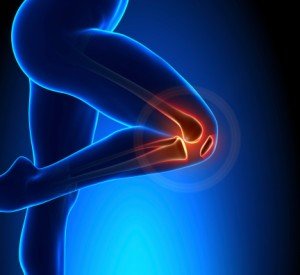What is an Osteopath and what do they do?
“What is an osteopath?” this is a question my clients, and members of the public, ask on a regular basis.
Osteopathy is “a system of diagnosis and treatment for a wide range of medical conditions”. It works with the structure and function of the body. The well-being of an individual is crucial in Osteopathy. The muscles, ligaments and connective tissue need to function as a unit.
One of the main concepts is that the body’s structure governs its function. This means that if your body has had an injury, repetitive strain, or overuse it will have an adverse effect on how your body performs. Therefore, an osteopath looks at the body, sees how it currently performs, and aims, through various means, to restore and improve overall and specific functions.

Osteopath
What do osteopaths do?
An osteopath will take a full medical case history including details about your symptoms. This helps them to understand how the symptoms relate specifically to you.
They also need to establish whether or not it is the right type of treatment for you, or if a referral might be necessary. Your osteopath will then ask to see the area(s) that are causing you concern, and then they will examine the area(s) and perform diagnostic tests to make a diagnosis.
This is then discussed with you so that you can understand what is going on and what the osteopath can offer you. The aim is to increase the mobility of the joints, relieve any muscle tension and enhance blood supply to tissue. (NHS Choice, 2015).
Osteopaths use a wide range of different ‘hands-on’ treatment techniques such as soft tissue work (including massage and stretching), articulation (moving of the joints), and manipulation or ‘clicking’ techniques as they are fondly known.
I often give advice on exercise, stretching and posture. I also give advice on making healthy changes to your lifestyle for long-term benefit.
How do you become an osteopath?
Osteopaths in the UK undertake a four or five-year university course that combines intense academic and clinical education.
Osteopathy students begin to work with patients directly from the end of their second year and are supervised by qualified Osteopaths.
The student must undertake a minimum of 1,000 hours supervised clinical experience prior to graduation.
Physiotherapists can also become registered osteopaths through a two year Masters course.
Qualified osteopaths must undertake a minimum of thirty hours of continual professional development each year.
For more information about osteopathy or find an osteopath visit: https://www.osteopathy.org.uk/home/
At Perea Clinic we can offer you tailor-made osteopathic appointments on a day and time to suit you. If you have any questions about it or about our treatments, please contact us. We are in Mill Hill Broadway and Islington. We are always happy to help.



